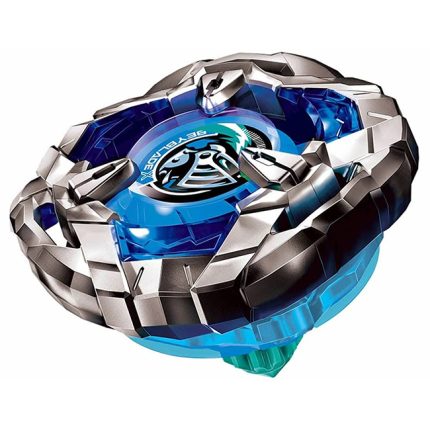The Cultural Impact of Trading Card Games: From Hobby to Pop Culture Phenomenon

Explore how trading card games evolved into a global pop culture force, shaping communities, economies, and digital trends. Discover the influence of TCGs like Pokémon, Magic: The Gathering, and Beyblade.
Introduction
Trading card games (TCGs) have transcended their roots as niche hobbies to become pillars of global pop culture. From playground swaps to high-stakes tournaments, TCGs like Pokémon, Magic: The Gathering, and Beyblade have forged communities, influenced economies, and even shaped digital innovation. This article delves into their cultural journey and enduring legacy.

The Evolution of Trading Card Games: A Historical Overview
TCGs emerged in the 1990s with titles like Magic: The Gathering (1993), which introduced strategic gameplay tied to collectible cards. This model inspired franchises like Pokémon and Yu-Gi-Oh!, blending storytelling with competitive play. Early adopters fueled grassroots communities, laying the groundwork for today’s billion-dollar industry.
Key Milestones:
- 1996: Pokémon TCG debuts, capitalizing on the video game’s success.
- 2002: Yu-Gi-Oh! anime and TCG synergy creates a global craze.
- 2010s: Digital adaptations (Hearthstone, Magic: The Arena) bridge physical and virtual play.
TCGs and Pop Culture: A Symbiotic Relationship
TCGs have permeated media, fashion, and entertainment:
- Anime & Film: Yu-Gi-Oh! and Pokémon animated series turned cards into narrative devices, driving merchandise sales.
- Celebrity Endorsements: Logan Paul and Post Malone’s viral card unboxings spotlighted TCGs’ investment potential.
- Fashion Collaborations: Luxury brands like Gucci have featured TCG-inspired designs, cementing their cultural relevance.

Community Building: The Heart of TCG Culture
Local game stores and global events foster camaraderie:
- Tournaments: Events like Magic: The Gathering Grand Prix and Beyblade World Championships draw thousands, blending competition with social connection.
- Online Communities: Reddit forums, Discord servers, and YouTube channels (e.g., Tolarian Community College) offer strategy tips and hype new releases.
Beyblade: Bridging Toys and TCG Culture
While Beyblade is renowned for high-octane spinning top battles, its customizable “Beyblade Burst” line mirrors TCG mechanics:
- Collectible Layers: Players mix and match parts for strategic advantages, akin to deck-building.
- Global Tournaments: Official Beyblade events in 50+ countries emphasize skill and community.
- Media Synergy: The Beyblade Burst anime fuels demand for limited-edition releases.
Digital Revolution: TCGs in the Online Era
Digital platforms have expanded TCG accessibility:
- Mobile Apps: Pokémon TCG Online and Beyblade Burst App enable global matchups.
- Streaming Culture: Twitch streams of Magic: The Gathering drafts or Beyblade unboxings engage millions.

The Future of TCGs: Trends to Watch
- Sustainability: Eco-friendly card materials gain traction.
- Augmented Reality: Pokémon GO-style AR could revolutionize TCG scavenger hunts.
- Inclusivity: More games feature diverse characters, broadening appeal.
Conclusion: TCGs as Cultural Cornerstones
Trading card games are more than hobbies—they’re dynamic ecosystems influencing art, commerce, and technology. As they evolve, their ability to unite generations and cultures ensures their place in pop culture’s pantheon.
Explore Beyblade’s latest TCG-inspired collections and join a global community of enthusiasts today.
Best selling products
-
Beyblade X BX-18 String Launcher Takara Tomy (Active Toy)
Original price was: HKD54.90.HKD52.16Current price is: HKD52.16. -
Takara Tomy Beyblade X BX-06 Booster Knight Shield 3-80N
Original price was: HKD74.90.HKD71.16Current price is: HKD71.16. -
Takara Tomy Beyblade X BX-01 Starter Dran Sword 3-60F
Original price was: HKD109.00.HKD103.55Current price is: HKD103.55.




